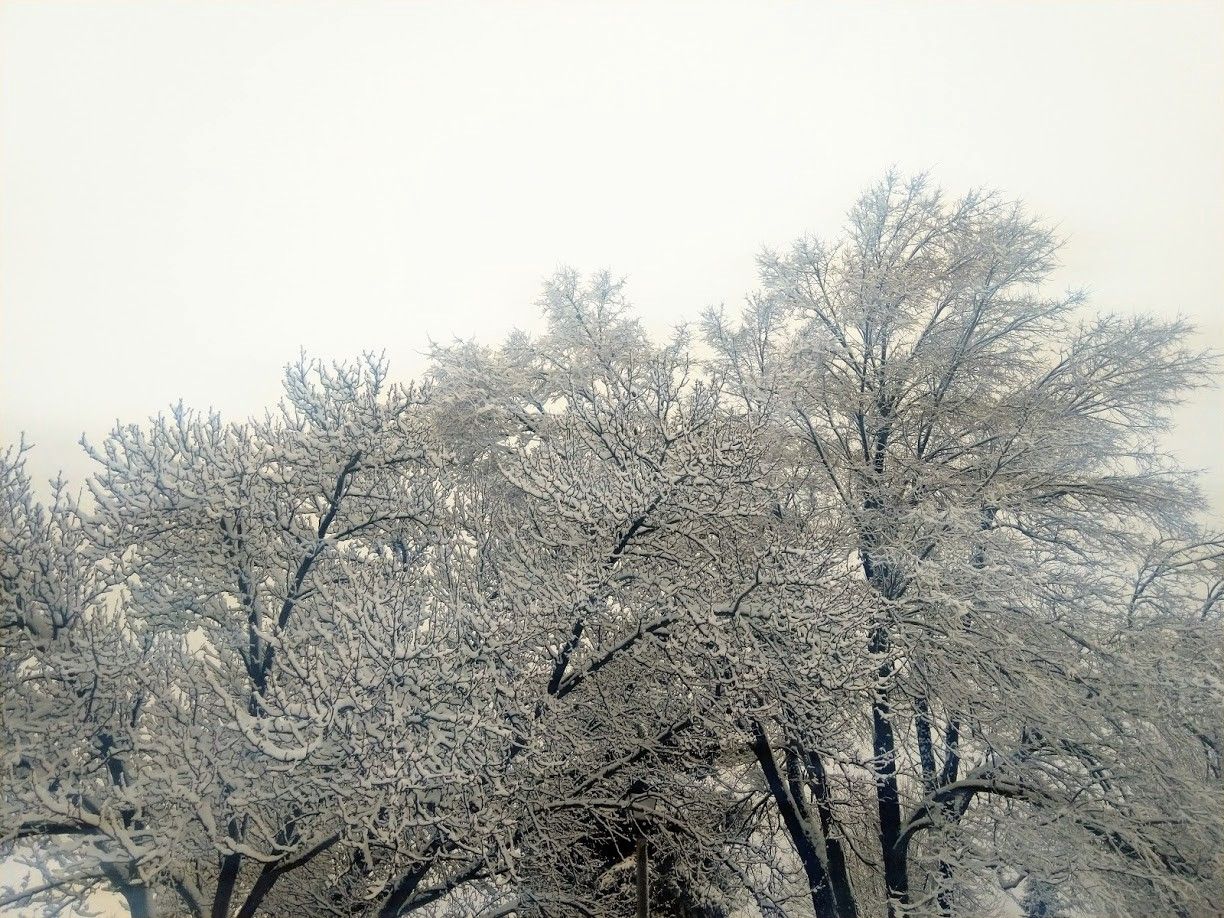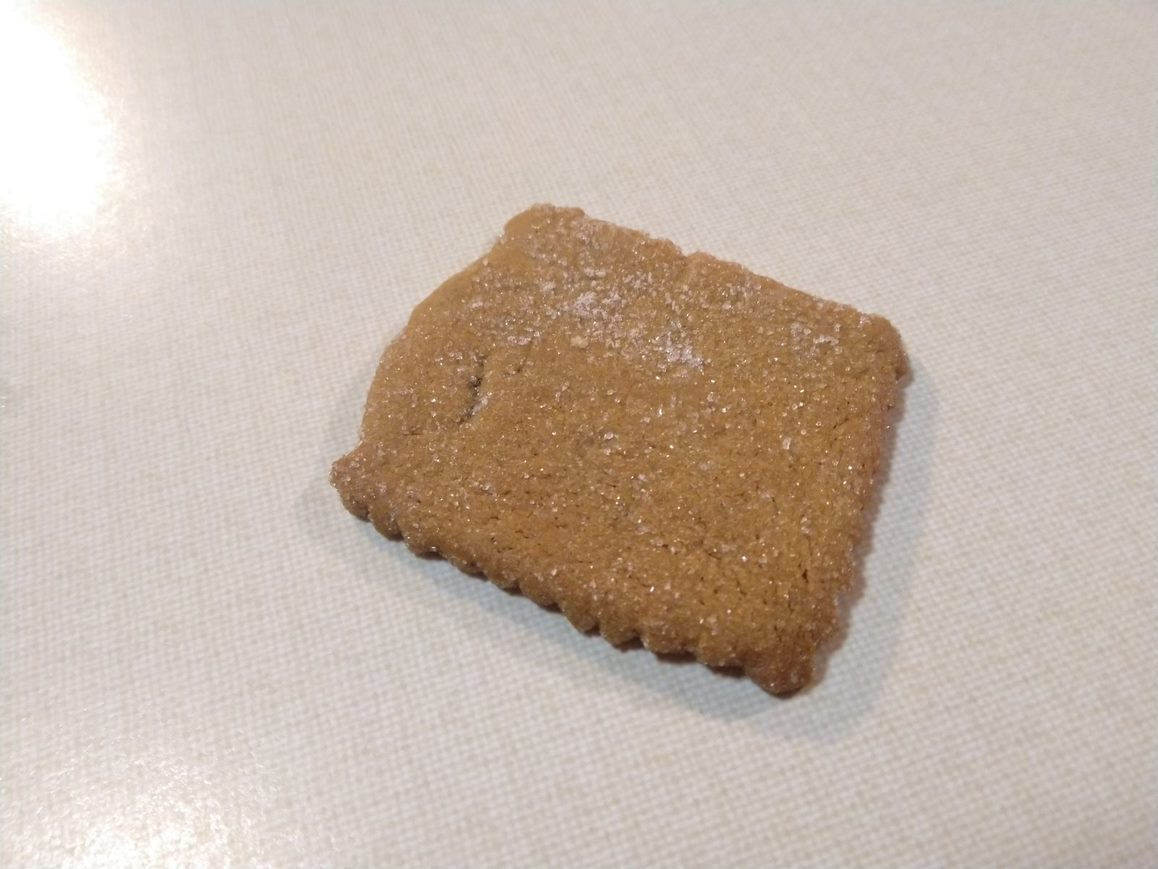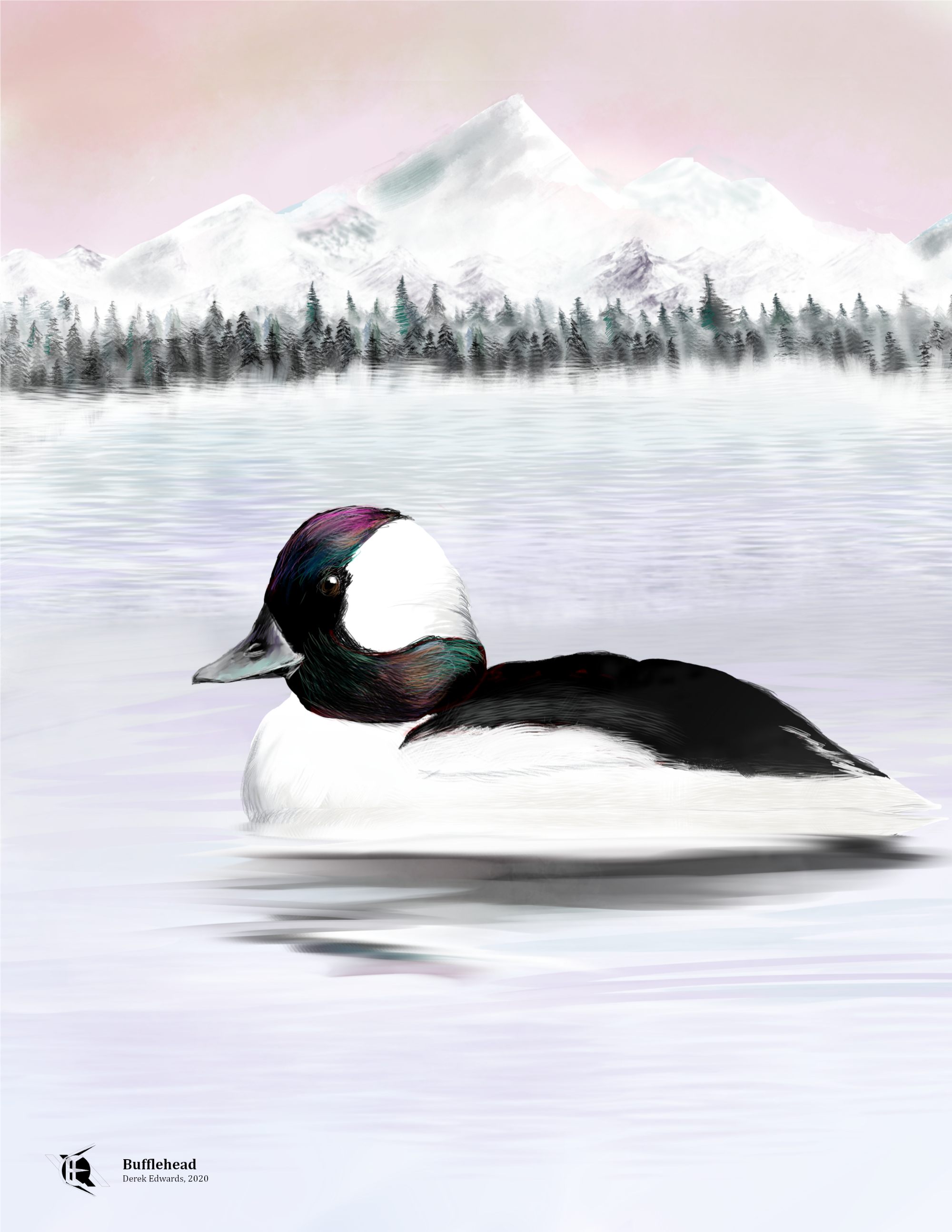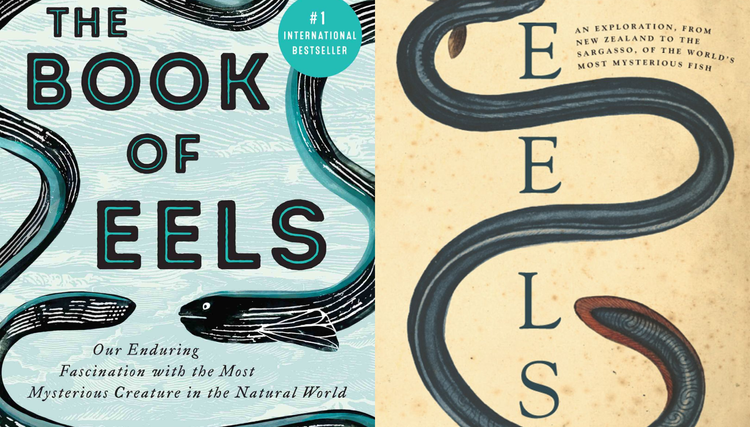
Running Commentary 1/4/2021
Hello,
It’s a new year, and a new Running Commentary. Writing this every week has worked out better than I had worried it would, and even without a new Mandalorian to re-cap every week, I hope to keep the pace up.
Winter is in full swing here in Michigan. Have a photo of some snow-glazed trees:

You’ll notice it’s overcast. That’s how it is here all winter, pretty much. It has to do with being a peninsula, and the moisture from the lakes filling the cold air with clouds. Lots of places have white Christmases, but are their skies white?
Reading…
Today is the official launch of Star Wars: The High Republic, the multimedia storytelling initiative that will feature books, comics, and at least one television series set in the golden age of the old Jedi Order and of the Republic.

In the lead-up to this, Lucasfilm released a sampler of the first wave of books and comics for free download. I’ve read through that, and it seems like an interesting new story that they’ll be telling, from what the very beginning can tell. There are a lot of good authors involved, and I look forward to reading their whole works.
Recipe
So, for some reason, these past few years, the supermarkets seem to have stopped selling prepared gingerbread. After a couple of attempts to spice up sugar cookie dough, I decided it would be best to just make some from scratch.

The cookies came out perfectly. If you want perfect gingerbread cookies next Christmas, follow this recipe:
Gingerbread Cookies
Yields: 3 trays of cookies
Ingredients:
- 1/2 cup vegetable shortening
- 1/2 cup sugar
- 1/2 cup molasses
- 1 tbsp cider vinegar
- 1 egg
- 3/4 tsp baking soda
- 1 1/2 tsp ground ginger
- 3/4 tsp ground cinnamon
- 3/4 tsp ground cloves
- 1/4 tsp cayenne pepper
- 1/4 tsp salt
- 2–3 cups flour
Perperation
- In the bowl of an electric mixer, cream together shortening and sugar.
- Add molasses, vinegar, and egg, then beat on high speed until blended
- In a separate bowl, mix together baking soda, ginger, cinnamon, cloves, red pepper, and 2 cups of flour
- Add dry ingredients to wet ingredients incrementally, mixing at low speed. The dough should form as sticky but cohesive, not drippy. Add more flour as needed.
- Wrap dough in plastic and chill in a refrigerator for ~3 hours.
- Preheat oven to 375° F
- Roll out dough to 1/8 inch thickness. Cut however you’d like.
- Dredge each cookie in granulated sugar, and arrange on a baking tray
- Bake for 7–8 minutes, depending on cookie size. For best results, bake cookies of the same size together.
- Press down on cookies with a flat spatula, and allow to cool and stiffen before eating
Warframe
I’ve gotten Lavos and the Cedo, the new shotgun. Lavos is a good frame, and a unique frame. He’s not too unlike my idea for the community-designed frame, the one that eventually became Xaku. My idea was a frame themed around aerosol sprays, and Lavos is alchemist-themed, but both are ways of delivering gameplay centered around putting out status effects of all sorts.
The cooldown system seems neither better or worse than the usual energy management system. It could be useful in a situation with a lot of energy leech eximus units, I suppose.
The Cedo is very nice. Paired with a glaive with Condition Overload, it can clear up mobs with its alt-fire, and bring down tougher units with it’s primary.
BattleBots
I took a week off of RC for Christmas, but BattleBots took a week off for New Years, so that works.
The opening fight was the really awkwardly unbalanced Tombstone vs. Slap Box. In a pre-fight interview, Slap Box’s Bryce Yankauskas wondered why his first ever match had to be against Tombstone. The reason, of course, is that Slap Box was functioning as what, in boxing, is known as a “tomato can”. Ray Billings was gracious enough to pull his punches and not completely destroy the work of a rookie team composed largely of children. Even still, he regrets menacing the minibot at the end of the match, which 8-year-old Onika Yankauskas was driving.
Bot Design Lesson of the Week: Lift from the back.
Slap Box had its lifter mounted to the front, depending on its wedges to press against the floor. But when its wedges were knocked away, it couldn’t lift anything. Mount your lifter to the back, and you have the whole bot to anchor your motion.
Less merciful to little kids was Zachary Lytle of Skorpios, who prevailed over Perfect Phoenix. There’s not a lot to say about that fight; it came down to Perfect Phoenix couldn’t keep delivering hits for longer than Skorpios could take them, and then it couldn’t push back against Skorpios for the rest of the match.
Third bot was the charm for Robot Wars veteran Craig Danby and SlamMow!, who defeated rookie team Pain Train. Granted, Pain Train was having drive issues from the outset, and never really landed a blow on SlamMow!.
Madcatter vs. Ribbot was a brutal, prolonged fight between two bots with a lot of similarities. Not much to say.
Chomp 3.0 made a strong deput against Gamma 9. Zoe Stephenson has always prized creativity in her engineering, but this season’s iteration of Chomp is a whole new level of meta defiance. And it worked, at least for one fight.
Do you remember the Juicero? A few years ago, there was a company that had a really well designed, impeccably assembled device that could squeeze every last drop of juice out of a specially prepared bag of mashed fruit. The company was a spectacular failure, but not because its product was bad. It was because the Juicero didn’t achieve much anything it’s cheaper, less meticulously engineered peers could. That’s my appraisal of Chomp; it’s components are undoubtably well designed, but its overall design seems to have been assigned as a dare. I like it.
The big controversy of the night was Shatter vs. Malice. I’m ambivalent about the judge’s result honestly. The match was a dead heat.
I’m going to give most decisive match to the main bout, Bloodsport vs. Endgame. Endgame wound up immobilized and on fire, after all. Bloodsport has been impressive this season, compared to last.

Bird of the Week
This week’s bird was picked because I saw several recently. The Bufflehead is North America’s smallest duck, or, at least, it and the Green-Winged Teal are both roughly the same size and both smaller than any other North American duck; it’s hard to say which of the two is truly smallest. They are relatively common, not mallard-level ubiquitous, but a fairly frequent sight for duck watchers who know where to look. The big reason they aren’t more widely known is that, in the summer, they live the lakes of northern Canada, and only come down to latitudes where many people live during the winter. If you’re anywhere near a nice, open lake, maybe brave the cold this week and look for these piebald birds diving for their dinner out away from shore.

Buffleheads got their name from being “buffalo-headed”, in the sense that both they and bison have large, rounded heads. Their scientific name is Bucephala albeola, words which come from the Greek for “bull-headed” and the Latin for “white”, respectively. Taxonomically, they’re a bit contrary; they are grouped with Mergini, the “sea ducks”, although they do not live at sea, and more specifically with Bucephala, the “goldeneyes”, although they have dark eyes, have nothing to do with the Spanish Civil War, and are not a weaponized satellite. They were first described by the father of taxonomy, Carolus Linneaus, who initially dubbed then Anas albeola, the “white duck”.
Buffleheads nest in cavities, sometimes in man-made birdhouses, though they prefer to nest in the abandoned holes of the Northern Flicker, a large woodpecker whose range they accordingly share. You’ve probably seen a Flicker, which is unique among woodpeckers in its habit of feeding on the ground.
Sidney, Vancouver, Canada features a pair of buffleheads on its town crest.
Curation Links
The Making of the Worst Christmas Special of All Time | Adesh Thapiyal, Polygon
When asked about their involvement in the infamous Star Wars Holiday Special, Harrison Ford and Mark Hamill have had different responses: Ford has been generally weary/hostile, while Hamill has been more open. This is, in all likelihood, simply a matter of the difference between the two’s personalities and relationship with Star Wars. But what if Hamill is willing to promote the SWHS because he’s trying to hide something worse?
For Polygon, Adesh Thapiyal gives a history of Rapsittie Street Kids Believe in Santa, a televised Christmas special featuring Hamill (among other vocal talents, such as Paige O’Hara and Nancy Cartwright), songs by HVAC technician James DeLuca, and animation produced in 3D Choreographer, a program marketed to novices as an alternative to “Animation of the Walt Disney kind (that) takes artistic skill and painstaking effort”.
Quote of the piece:
DeLuca had been invited to the (broadcast debut) party, too, but chose not to attend — Slater had delivered a VHS copy of Rapsittie Street Kids to him the night before, and that was enough. “I saw my parents die, and I’m not sure this wasn’t as emotionally devastating as that,” he says.
Verdigris: The Color of Oxidation, Statues, and Impermanence | Katy Kelleher, The Paris Review
A profile of verdigris, the “green of Greece” that is known as the color of the Statue of Liberty, from Paris Review color columnist Katy Kelleher.
Gingerbread in the House | David Buck, Tedium
Now that you have my recipe for gingerbread, read David Buck’s history of the stuff, especially as a medium for architectural modeling.
The Dunning-Kruger Effect is Probably not Real | Jonathan Jarry, Critical Thinking from McGill University’s Office for Science and Society
Science Communicator Jonathan Jarry writes on the oft-misinterpreted Dunning-Kruger Effect, a theory of psychology that states that confidence in one’s knowledge correlates inversely with one’s actual knowledge. Jarry demonstrates that a similar effect appears in randomized data, and argues that the Dunning-Kruger Effect is a statistical, not psychological, phenomenon.
Marooned Among the Polar Bears | Justin Nobel, Popular Mechanics
Sergey Ananov was trying to be the first person to fly around the world in a light helicopter when his 880 lb. Robinson R22 crashed in the Davis Strait, between Canada and Greenland. In this story for Popular Mechanics, Justin Nobel tells Ananov’s story of survival, waiting for rescue under a life raft, and hoping the bears don’t eat him before help can arrive.






Member Commentary